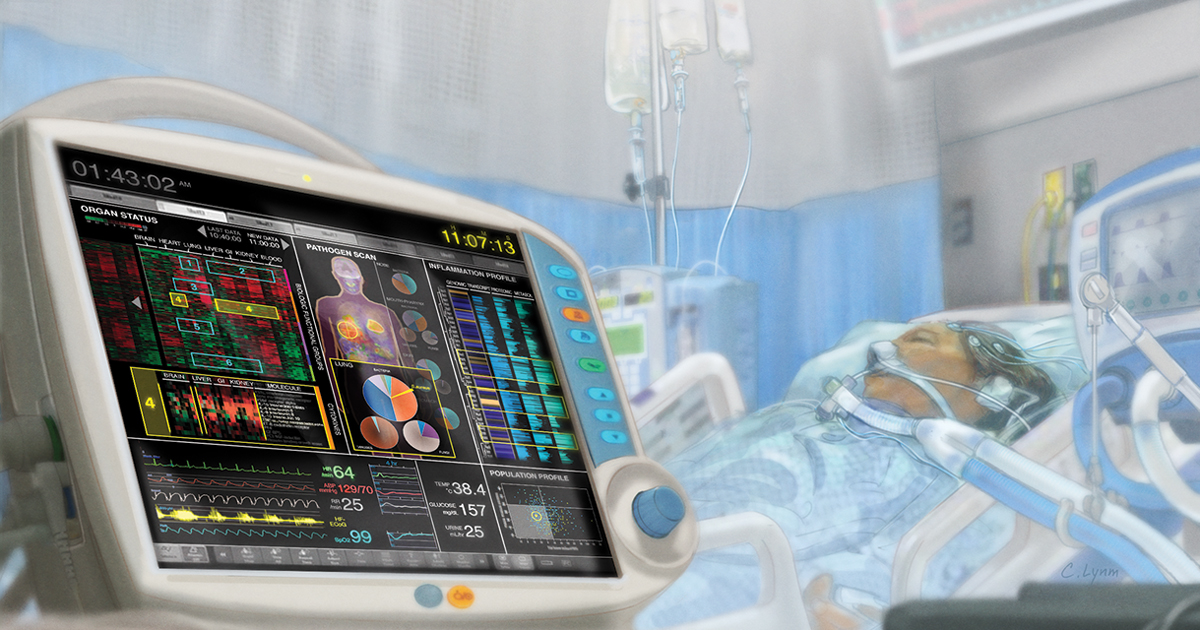

Nevertheless, more studies are required to confirm that there is a relation between time spent with the disease and SNHL. According to the results obtained, SNHL is more frequent among patients who have had T1DM for more than 5 years. SNHL prevalence among our diabetic population was 14.3%, which indicates that a sixth of our diabetic type 1 population will develop SNHL. Acute frequencies, mainly 8000kHz, were the most affected. Most presented bilateral hearing loss, with the right ear dominating. In patients with hearing impairments, 83.3% suffered mild and 16.4% suffered moderate hearing loss. All (100%) diabetic patients with SNHL and 91% of the patients without SNHL had HbA1c values greater than 6%. Moreover, 65.47% of the patients presented complications due to poor glycemic control at some point in the evolution of their disease. Regarding time of evolution with the disease (T1DM), 33% of patients with more than 5 years with T1DM presented SNHL, and nearly 88.9% of the patients with less than 5 years with T1DM presented normal hearing (p Fifty percent of patients with hearing loss were in the age range of 10–13 years old. Values of glycated hemoglobin (HbA1c) were assessed and Tonal audiometry and Speech audiometry tests were performed.Ī total of 84 patients with a diagnosis of T1DM were studied, out of which 12 (14.3%) presented SNHL. José Eleuterio González” University Hospital and the Materno-Infantil Hospital, from January 2011 to December 2012.Ī total of 84 children with T1DM, with ages between 6 and 18 years old, were studied. To establish the prevalence of sensorineural hearing loss (SNHL), as well as the predisposing risk factors, in children and adolescents with type 1 diabetes mellitus (T1DM) attending the Service of Endocrino-Pediatrics and Otolaryngology Department of the “Dr. Abstract of research paper on Clinical medicine, author of scientific article - J.L.


 0 kommentar(er)
0 kommentar(er)
